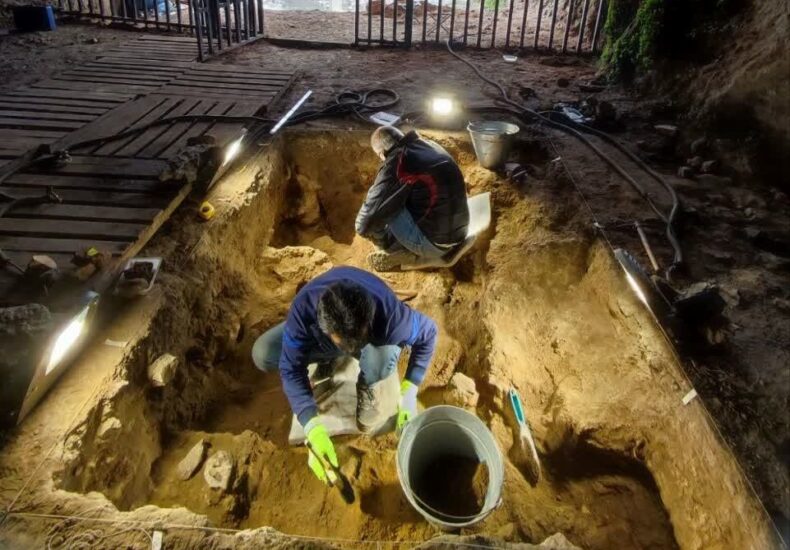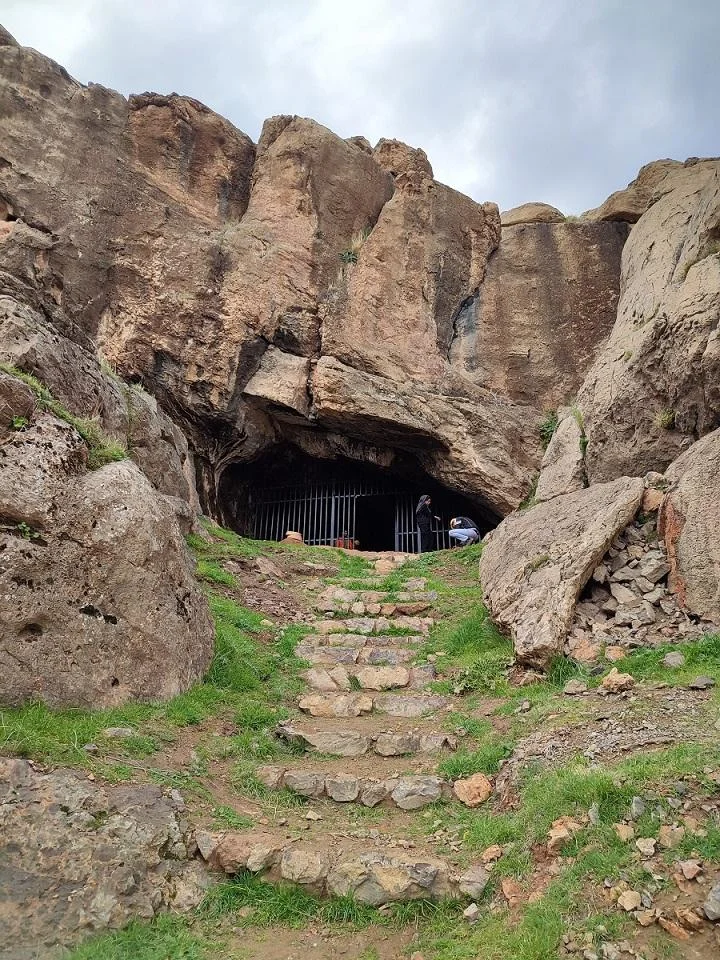
History Rewritten in Iran: 80,000-Year-Old Neanderthal Traces Discovered in Ghamari Cave!
Recent archaeological excavations in Ghamari Cave near Khorramabad in Iran’s Lorestan Province have revealed groundbreaking findings that shed light on the region’s prehistoric past. Iranian archaeologists have obtained strong evidence of Neanderthal settlement dating back 40,000 to 80,000 years. This discovery once again highlights the importance of Western Iran in human history.
What Was Found in Ghamari Cave?
Neanderthal Traces: Stone tools, remains of hunted animal bones (ibex, deer), and evidence of fire use confirm the presence of Neanderthals in the area.
Chalcolithic Period Artifacts: Pieces of painted and red pottery dating back 5,500 years indicate that the cave continued to be used by pastoral communities after the Neanderthals.
Artifacts from Other Periods: Artifacts from the Iron Age, Seleucid, and Parthian periods reveal that the cave was the scene of human activity for thousands of years.
Nearby Rock Shelter: This shelter, bearing traces of settlement from both the Middle Paleolithic and Chalcolithic periods, was used simultaneously with Ghamari Cave and provides important information about human adaptation in the region.

Importance of the Discoveries
These findings are among the strongest evidence of Neanderthal presence in Western Iran.
Ghamari Cave is a unique archaeological site, bearing traces of settlement from both the Neanderthal and later periods.
The cave and its surrounding findings provide valuable information about early human technology, hunting, and settlement strategies.
Ghamari Cave was registered as a national heritage site in 2001 and houses an important part of human history.
The discoveries in Ghamari Cave deepen our understanding of Iran’s and the Middle East’s prehistoric periods. This important archaeological site will continue to shed light on human history with future research.
Cover Image Credit: IRNA
You may also like
- A 1700-year-old statue of Pan unearthed during the excavations at Polyeuktos in İstanbul
- The granary was found in the ancient city of Sebaste, founded by the first Roman emperor Augustus
- Donalar Kale Kapı Rock Tomb or Donalar Rock Tomb
- Theater emerges as works continue in ancient city of Perinthos
- Urartian King Argishti’s bronze shield revealed the name of an unknown country
- The religious center of Lycia, the ancient city of Letoon
- Who were the Luwians?
- A new study brings a fresh perspective on the Anatolian origin of the Indo-European languages
- Perhaps the oldest thermal treatment center in the world, which has been in continuous use for 2000 years -Basilica Therma Roman Bath or King’s Daughter-
- The largest synagogue of the ancient world, located in the ancient city of Sardis, is being restored











Leave a Reply